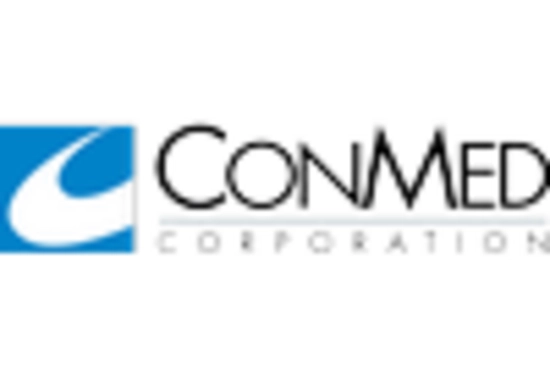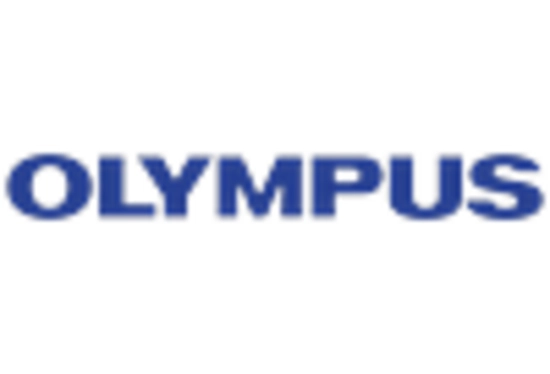Advancements in Diagnostic Technologies
Technological innovations in reflux testing methodologies are significantly influencing the Reflux Testing Product Market. The introduction of high-resolution manometry and pH monitoring systems has enhanced the accuracy and reliability of reflux diagnostics. These advancements allow for more precise measurements of esophageal function and acid exposure, leading to better patient outcomes. Furthermore, the integration of artificial intelligence in data analysis is streamlining the interpretation of test results, making it easier for healthcare professionals to diagnose and treat reflux-related conditions. As these technologies continue to evolve, the Reflux Testing Product Market is likely to witness increased adoption rates among healthcare providers.
Increased Focus on Preventive Healthcare
The growing emphasis on preventive healthcare is shaping the Reflux Testing Product Market. Healthcare providers are increasingly recognizing the importance of early diagnosis and intervention in managing reflux-related disorders. This shift is prompting the development of more accessible reflux testing products that facilitate early detection of GERD and related conditions. Preventive measures not only improve patient outcomes but also reduce long-term healthcare costs, making them attractive to both patients and providers. As the healthcare landscape evolves towards a more preventive approach, the Reflux Testing Product Market is likely to benefit from increased investment in diagnostic tools that support early intervention.
Growing Demand for Home-Based Testing Solutions
The shift towards home-based healthcare solutions is emerging as a significant driver for the Reflux Testing Product Market. Patients increasingly prefer the convenience of conducting reflux tests in the comfort of their homes, which has led to the development of portable and user-friendly testing devices. This trend is particularly appealing to individuals with chronic conditions who require regular monitoring. Market data suggests that the home healthcare market is projected to grow substantially, with reflux testing products being a key component of this expansion. As more patients opt for home testing, the Reflux Testing Product Market is poised for growth, driven by innovations that cater to this demand.
Regulatory Support for Innovative Medical Devices
Regulatory bodies are playing a crucial role in fostering innovation within the Reflux Testing Product Market. Streamlined approval processes for new medical devices are encouraging manufacturers to develop advanced reflux testing solutions. This regulatory support is essential for bringing innovative products to market more quickly, thereby enhancing competition and improving patient access to cutting-edge diagnostic tools. Additionally, initiatives aimed at promoting research and development in the medical device sector are likely to stimulate growth in the Reflux Testing Product Market. As regulations evolve to support innovation, the market is expected to expand, driven by the introduction of novel reflux testing products.
Rising Prevalence of Gastroesophageal Reflux Disease
The increasing incidence of gastroesophageal reflux disease (GERD) is a primary driver for the Reflux Testing Product Market. Studies indicate that GERD affects approximately 20 percent of the population in developed regions, leading to a heightened demand for effective diagnostic tools. As awareness of GERD symptoms grows, patients are more likely to seek medical advice, prompting healthcare providers to utilize reflux testing products. This trend is further supported by the aging population, which is more susceptible to digestive disorders. Consequently, the Reflux Testing Product Market is expected to expand as healthcare systems adapt to meet the rising demand for accurate and efficient reflux diagnostics.

















Leave a Comment